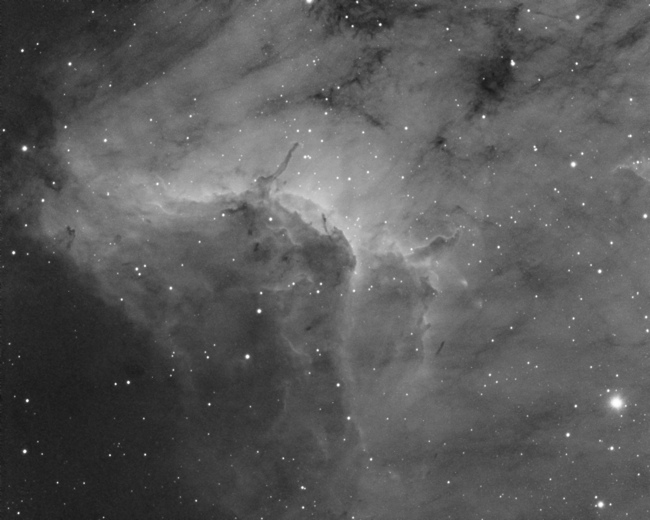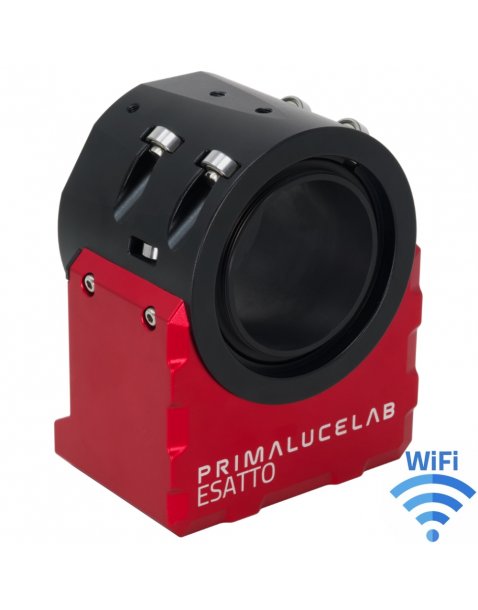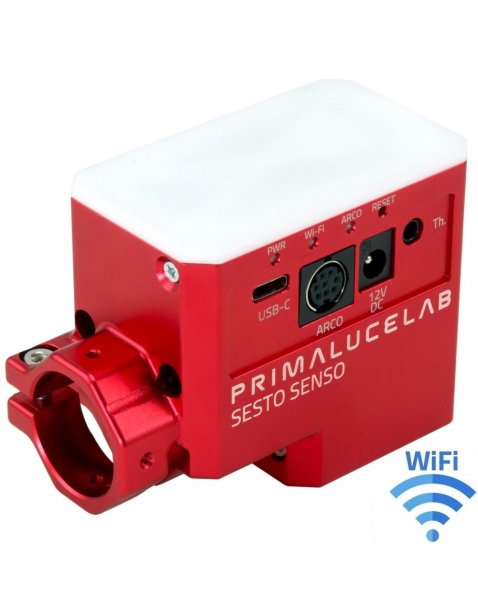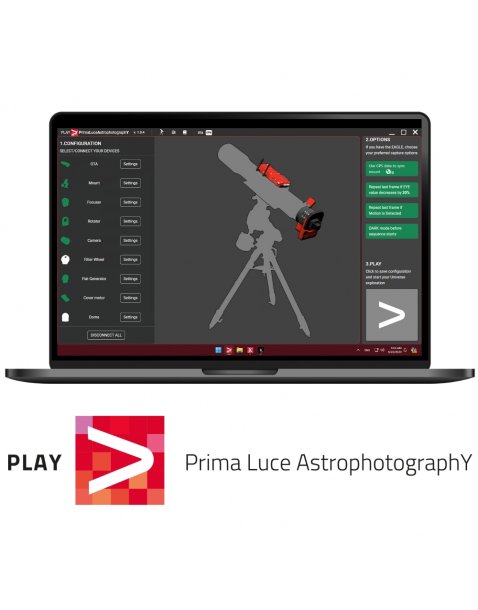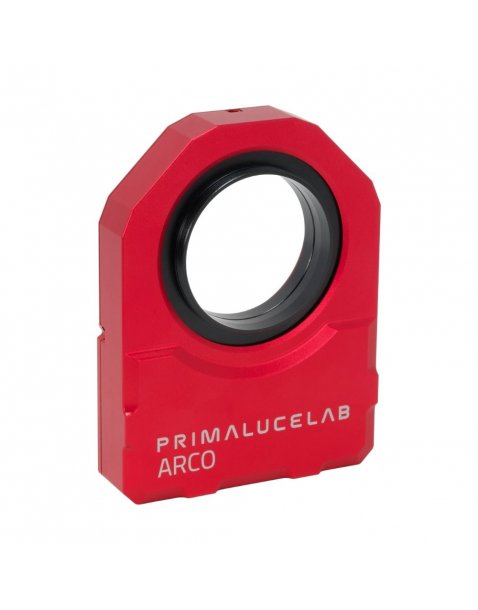Astrophotography and light pollution
Does light pollution affect astrophotography? Is it possible to take pictures of galaxies, nebulae or star clusters with a telescope also from the light polluted backyard by using narrowband filters? Discover the result of our test comparing the image of a nebula recorded with the same telescope and the same exposition time but from a place with low light pollution and from an area near the city center.
We choose to record a picture of the Pelican Nebula (IC 5070) in Cygnus, using a Baader Planetarium 7nm H-Alpha filter, with 600 seconds of exposition time and binning 2×2. The picture has been recorded with Celestron EdgeHD 925 telescope on Avalon-Instruments M-Uno mount with ATIK 16200 monochrome CCD camera, everything controlled by the EAGLE.
We selected the first location with low light pollution in the first mountain above the italian Po Valley, at a height of 700 meters above sea level). We measured the SQM value (Sky Quality Meter) and we had a good value of 20.8.
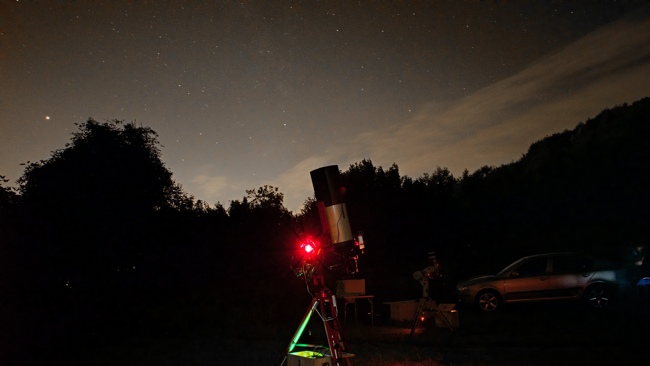
Then we moved the telescope in a site in the Po Valley, close to our city of Pordenone, with a high level of light pollution. Here we recorded an SQM value of 19.4.
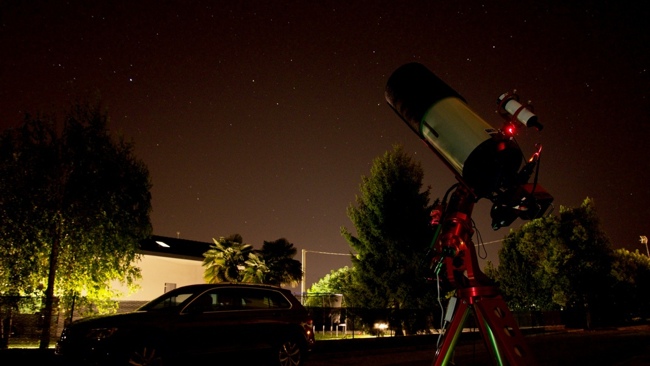
After recording both pictures (with the same exposition time and settings), we applied the same histogram stretch to better highlight the nebula and over layered the images, generating the result you can see below:
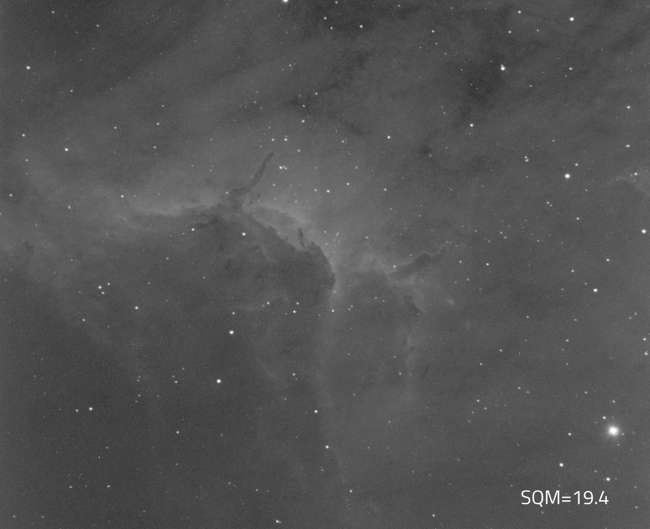
You can easily see how the image recorded from the low light pollution site shows better contrast and visibility of the weaker details. At the end, we decided to record 10 images of 10 minutes each (obviously from the site with low light pollution!) and we stacked them, obtaining the image you can see below.
